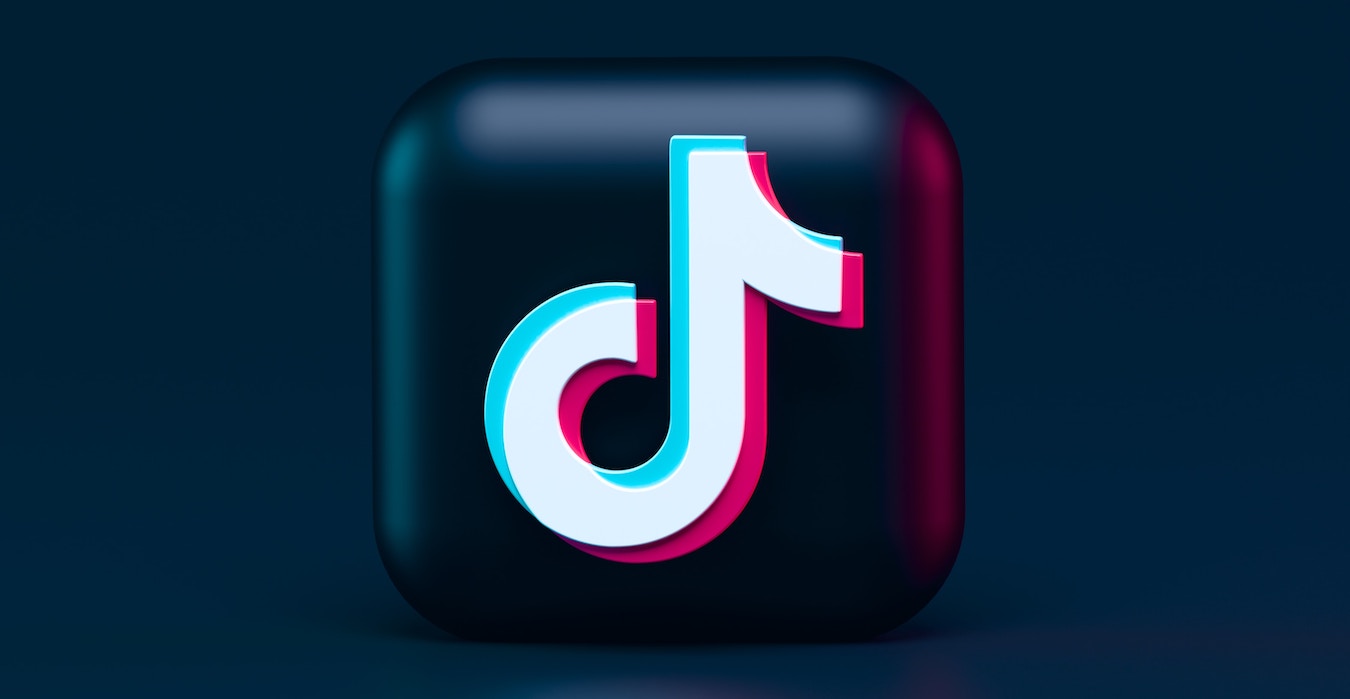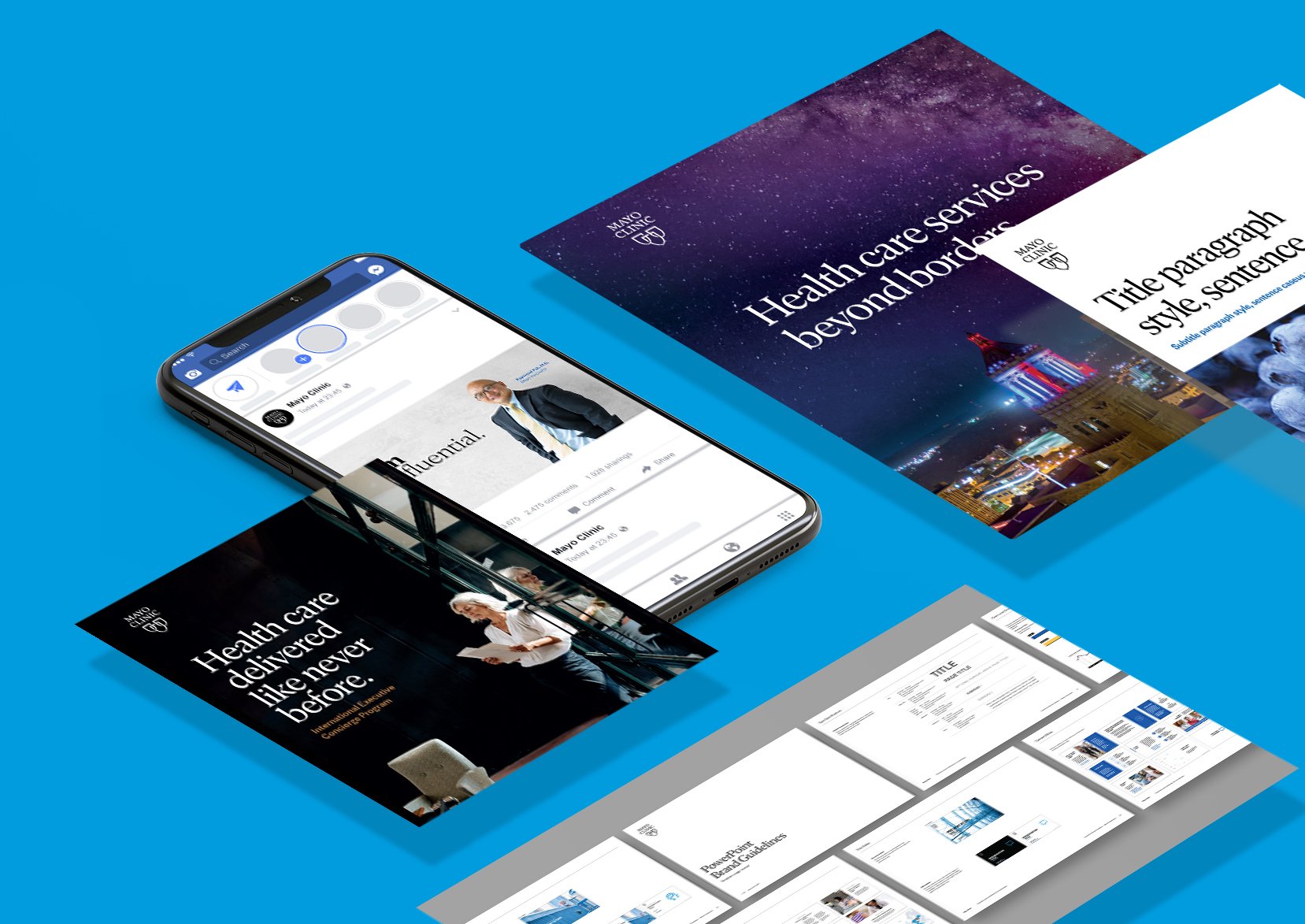Considering a corporate podcast? Start here

These learnings are adapted from our McGuffin Mornings event, “Considering a Corporate Podcast? Listen Up.” with John Siracusa. You can access a full recording of the event here.
Content, as we all know, is increasingly important to marketing strategies across industries. Whether your goal is to increase brand awareness, reach a new target audience or launch a product/service, content is an effective part of the marketing mix to accomplish that.
Podcasting is an attractive albeit intimidating option for a marketer. It’s a consistent touchpoint with your target audience and a chance to put a face to the brand. But how do you know if a podcast is right for your organization? And where do you even start?
We spoke with John Siracusa, founder of podcast production company ListenDeck and host of the Bank On It podcast, about how to decide if a podcast is right for your brand and how to go about creating one.
Should your company start a podcast?
How do you know if a podcast is right for your brand? John says it’s all about understanding your audience and the topics they care about.
“It’s not like you have to attract an audience of 10 million to make it work. Podcasts are meant for a specific audience … Obviously, if you’re a marketer at a company, and you’re building a podcast, most likely you’re trying to build business somehow. Right?,” John says. “So, do you understand what audience you want to attract? Can you actually create a show and experience that they care about?”
Before you start, you should ask yourself and your team:
- What’s our goal?
- Who are we targeting?
- What’s our budget?
To a marketer, these things are table stakes. Any responsible marketer will already have goals, audience and budget fleshed out before starting on any new project. But there are several more factors you must establish for a podcast that you may not be thinking about:
- What are the logistics (who is hosting, what’s the cadence, etc.)?
- Who is going to manage podcast production? (In-house team vs. outside agency?)
- How will we get the word out?
- Do we need video and audio? How will we set that up?
- What does success look like?
These logistical and pre-production questions are arguably the most important things to establish before you get started. Will you want to post video clips on social media? How often can you realistically record? John says thinking through the experience you want your audience to have upfront will help you design the show you and your viewers/listeners want.
OK, you’re starting a podcast! Now what?
So now you have your audience, goal and budget set and you’ve thought through your logistical and pre-production questions. You’re thinking, “Yes! A podcast is a great idea for my brand.” You’ll likely need to get approval from your boss, leadership team, board, etc. before starting a podcast using company time and resources. Going into those discussions, John recommends setting the following expectations:
- Embrace a test & learn approach – John recommends doing a 10-episode pilot to get started. During the pilot, you can test things such as episode duration, different hosts, different guests, different formats. Your first few episodes will likely be rough, and your team needs to understand that you won’t go viral overnight. But you’ll be able to run the pilot with all those speed bumps in mind and see who is tuning in.
- Set realistic benchmarks – Is it growing? That’s what John asks of his shows. While it’s a simple question, if you know that your total maximum audience is 1,000 people, then you can set benchmarks based on that. You can also check: are my downloads/views growing with each episode? Or are they dipping? Steady growth is important — it means you’ve grabbed the attention of the right people and they’re sticking around.
- Create a promotion strategy – John is a big advocate for clips. Posting a 10-, 20- or 30- second clip can engage your existing audience and attract new listeners who may not normally tune in. Even if you have an audio-only show, having some video footage available for posting clips to social can be a huge help. You can even start to design your interviews around a promotional strategy, where the intro to each topic becomes a clip.
Production advice to avoid failure
If you decide to start a corporate podcast, you need to think through your production process. You can’t just set up your CEO with a laptop and Zoom camera and call it a day. Well, you could, but your results may not be in line with expectations.
John shared his keys for production success to ensure that the quality of your podcast matches the quality of its content:
- Equipment – John highly recommends getting a high-quality microphone to save you time in post-production. Your laptop mic picks up everything around you and compresses it all into one audio recording, while a high-quality mic allows you to remove things such as your dog barking in the background. Audio, camera and lighting are your BFFs during production.
- Consistency – Figure out production schedules and go from there. You need to commit to dropping an episode on a regular basis. Whether that’s the first Sunday of every month or every Thursday at 9am, you need to invite your audience back so they can look forward to new episodes on a consistent basis.
- Recording space – Do a sound and video check before you record your show. You may come to the conclusion that the conference room is too echoey, but a smaller office in your building has the right lighting and sound. You may also come to the conclusion that you need to rent a recording space.
- DIY vs. outsourcing – The choice is yours, but hiring a podcast production company will likely help with consistency and production quality. Either way, set-up, editing, coming up with show schedules, etc. is a big job and should be treated accordingly. Make sure the team members working on the podcast are given the time and resources needed to make it a success.
For more follow John on LinkedIn or check out his podcast Bank On It. You can also watch the entire conversation with John here.







